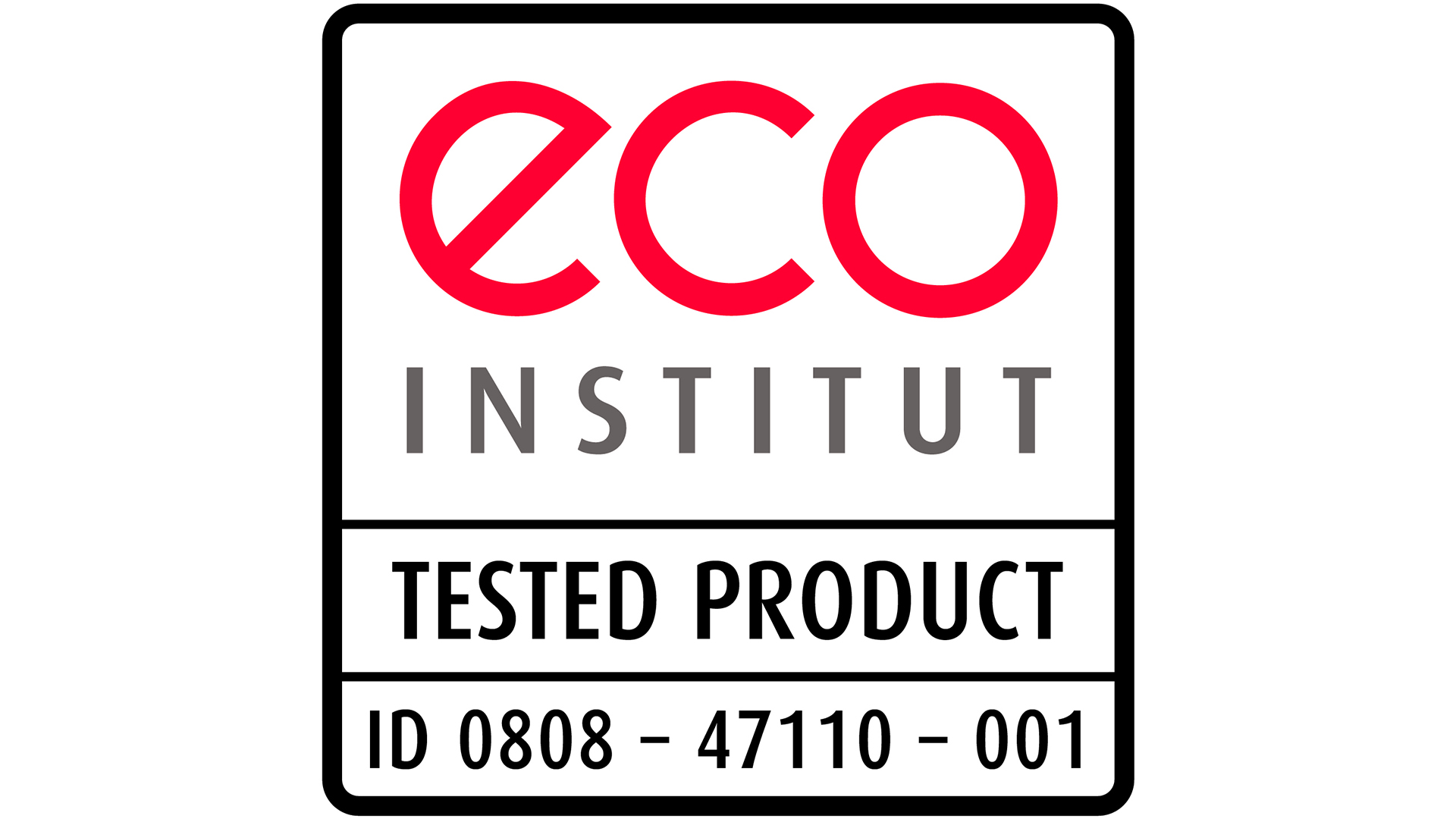
We spend roughly one third of our lives in bed, so when it comes to buying a mattress, we all want to make sure it’s a healthy choice. Certification can help us learn more about what a mattress contains, but if you’re buying a bed for the first time in many years, navigating these labels can get confusing.
Eco-INSTITUT certification is awarded to mattresses and bedding products that have been rigorously tested and found to be low-emission and low-pollutant. It’s a difficult certification for even the best mattress to earn, and is typically only given to organic and latex mattresses. Due to the materials used, even the very best memory foam mattresses are unlikely to pass the testing (look for CertiPUR-US labeling instead). In this guide, we’ll explore what eco-INSTITUT certification is, and what it means for your mattress.
What is eco-INSTITUT certified?
Eco-INSTITUT certification is given to products that have been laboratory tested and declared both low-pollutant and low-emission. As well as mattresses, bedding, and other soft furnishings, eco-INSTITUT tests construction materials and floor coverings. Going above and beyond the usual mandatory testing criteria, eco-INSTITUT certification is typically prized by organic and natural brands.
A mattress with eco-INSTITUT certification should be good for sleepers with sensitive skin or allergies, as well as those looking for a more eco-friendly bed. It’s often awarded to the best organic mattresses. The chemical testing should also ensure no unpleasant mattress off-gassing, which is always a nice bonus.

It’s worth noting that a mattress doesn’t need eco-INSTITUT labeling to be safe and healthy to use. Eco-INSTITUT labeling is an addition, not a necessity.
What is the eco-INSTITUT testing process?
The eco-INSTITUT testing process ensures that a product is low-emission, low-pollutant, and free from dangerous chemicals. The testing process is updated frequently, to best represent the current scientific guidelines. There are four main components to the eco-INSTITUT process:
1. Pre-certifying review
Manufacturer’s wishing to attain eco-INSTITUT certification must submit a full declaration of all the materials used in a product before testing occurs. Eco-INSTITUT will then assess this paperwork to determine whether certification is possible.
After the product-certifying review, there is an optional audit stage. During this step, eco-INSTITUT authorizes an inspection of the manufacturing plant.
2. Sampling
An independent body will take a sample of the product / material from the manufacturer. The sample is typically taken from a packed position in the assembly line. In very rare cases, the sample is taken from a completed product, but it must not be more than three weeks old.

3. Laboratory testing
Once a sample has been received, eco-INSTITUT will start laboratory testing. The sample is tested for emissions, odors, and harmful content. To achieve certification, a sample must comply with limit values of harmful substances, as well as meet European and German chemicals legislation. Eco-INSTITUT tests for harmful materials such as heavy metals, pesticides, formaldehyde, and phthalates. If you want to learn more, check out the full eco-INSTITUT testing criteria.
If the product passes the testing phase it will be awarded eco-INSTITUT certification and added to the database. The eco-INSTITUT label is valid for two years.
4. Conformity testing
Once two years have passed, a certified product must undergo the testing again, or sacrifice the eco-INSTITUT label. If the product composition or production method changes during this two-year period, the product will need to undergo re-testing sooner. This re-testing is vital to ensuring that products continue to meet the high standards imposed by eco-INSTITUT.
Is eco-INSTITUT trustworthy?
An independent body with rigorous testing standards, eco-INSTITUT is a reliable certification if you want a low-emission, low-pollutant mattress. The institute was formed in Germany in 1988, and has grown since then to become one of the most prominent eco-testing facilities.
How to check a mattress is eco-INSTITUT certified

The first place to look if you’re curious about eco-INSTITUT labeling is the brand website. If the mattress uses eco-INSTITUT approved materials, then the certificate should be displayed somewhere on the website.
You can also find a list of eco-INSTITUT certified products in the eco-INSTITUT database. Any products marked ‘pending’ are undergoing re-certification. If you’re looking for a low-emission mattress, this is a great place to start your search. As well as approved products, eco-INSTITUT keeps a list of retailers / brands they have found misusing the certification, plus products with expired labels.







